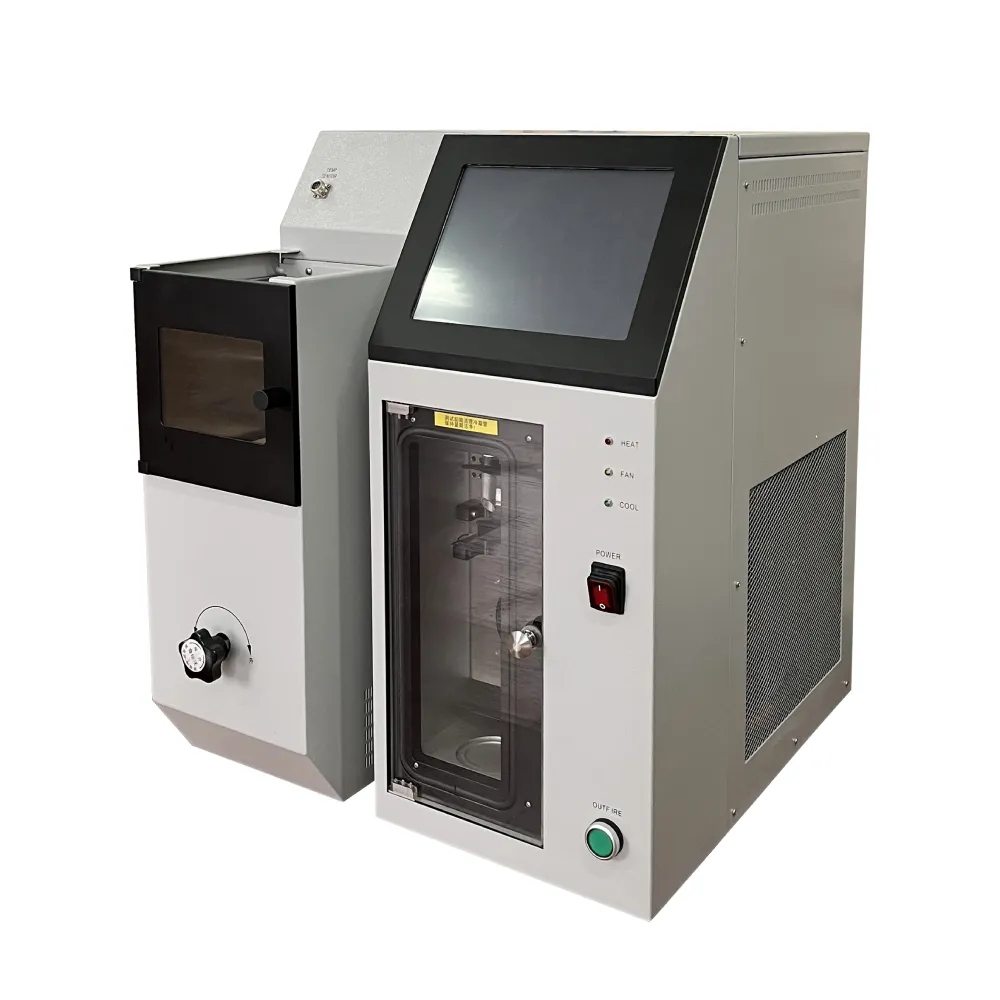 English
English



-
 Afrikaans
Afrikaans -
 Albanian
Albanian -
 Amharic
Amharic -
 Arabic
Arabic -
 Armenian
Armenian -
 Azerbaijani
Azerbaijani -
 Basque
Basque -
 Belarusian
Belarusian -
 Bengali
Bengali -
 Bosnian
Bosnian -
 Bulgarian
Bulgarian -
 Catalan
Catalan -
 Cebuano
Cebuano -
 China
China -
 China (Taiwan)
China (Taiwan) -
 Corsican
Corsican -
 Croatian
Croatian -
 Czech
Czech -
 Danish
Danish -
 Dutch
Dutch -
 English
English -
 Esperanto
Esperanto -
 Estonian
Estonian -
 Finnish
Finnish -
 French
French -
 Frisian
Frisian -
 Galician
Galician -
 Georgian
Georgian -
 German
German -
 Greek
Greek -
 Gujarati
Gujarati -
 Haitian Creole
Haitian Creole -
 hausa
hausa -
 hawaiian
hawaiian -
 Hebrew
Hebrew -
 Hindi
Hindi -
 Miao
Miao -
 Hungarian
Hungarian -
 Icelandic
Icelandic -
 igbo
igbo -
 Indonesian
Indonesian -
 irish
irish -
 Italian
Italian -
 Japanese
Japanese -
 Javanese
Javanese -
 Kannada
Kannada -
 kazakh
kazakh -
 Khmer
Khmer -
 Rwandese
Rwandese -
 Korean
Korean -
 Kurdish
Kurdish -
 Kyrgyz
Kyrgyz -
 Lao
Lao -
 Latin
Latin -
 Latvian
Latvian -
 Lithuanian
Lithuanian -
 Luxembourgish
Luxembourgish -
 Macedonian
Macedonian -
 Malgashi
Malgashi -
 Malay
Malay -
 Malayalam
Malayalam -
 Maltese
Maltese -
 Maori
Maori -
 Marathi
Marathi -
 Mongolian
Mongolian -
 Myanmar
Myanmar -
 Nepali
Nepali -
 Norwegian
Norwegian -
 Norwegian
Norwegian -
 Occitan
Occitan -
 Pashto
Pashto -
 Persian
Persian -
 Polish
Polish -
 Portuguese
Portuguese -
 Punjabi
Punjabi -
 Romanian
Romanian -
 Russian
Russian -
 Samoan
Samoan -
 Scottish Gaelic
Scottish Gaelic -
 Serbian
Serbian -
 Sesotho
Sesotho -
 Shona
Shona -
 Sindhi
Sindhi -
 Sinhala
Sinhala -
 Slovak
Slovak -
 Slovenian
Slovenian -
 Somali
Somali -
 Spanish
Spanish -
 Sundanese
Sundanese -
 Swahili
Swahili -
 Swedish
Swedish -
 Tagalog
Tagalog -
 Tajik
Tajik -
 Tamil
Tamil -
 Tatar
Tatar -
 Telugu
Telugu -
 Thai
Thai -
 Turkish
Turkish -
 Turkmen
Turkmen -
 Ukrainian
Ukrainian -
 Urdu
Urdu -
 Uighur
Uighur -
 Uzbek
Uzbek -
 Vietnamese
Vietnamese -
 Welsh
Welsh -
 Bantu
Bantu -
 Yiddish
Yiddish -
 Yoruba
Yoruba -
 Zulu
Zulu
potentiometric titration of strong acid and strong base
Potentiometric Titration of Strong Acid and Strong Base
Potentiometric titration is an analytical method used to determine the concentration of a specific ion in a solution. When titrating a strong acid against a strong base, this technique provides precise and reliable results. The principle behind potentiometric titration relies on measuring the potential (voltage) of the solution as a reagent is added. This method is particularly advantageous due to its high sensitivity and the ability to detect the endpoint without relying on color changes, which can be subjective.
The process begins with the preparation of the strong acid solution, often hydrochloric acid (HCl), and a strong base, typically sodium hydroxide (NaOH). A pH meter, equipped with a sensitive glass electrode, is used to monitor the changes in the hydrogen ion concentration of the solution as the titration progresses. Initially, the strong acid solution's pH is low due to the high concentration of hydrogen ions.
As the titration begins, NaOH is slowly added to the HCl solution. The strong base will neutralize the acid, forming water and sodium chloride (NaCl). This reaction can be represented by the following equation
\[ \text{HCl (aq) + NaOH (aq) } \rightarrow \text{ NaCl (aq) + H}_2\text{O (l)} \]
potentiometric titration of strong acid and strong base

Throughout this process, the pH of the solution changes. Initially, the pH remains relatively stable as the base is added since the strong acid is in excess. As more base is added, a gradual increase in pH is observed. The inflection point, or the equivalence point, occurs when the amount of acid equals the amount of base present in the solution.
At the equivalence point, the pH experiences a dramatic shift—indicative of the complete neutralization of the acid. For the titration of a strong acid with a strong base, the expected pH at the equivalence point is typically around 7.0. A sharp increase in pH is continually recorded by the pH meter, which allows for precise calculation of the equivalence point.
One of the significant advantages of potentiometric titration is the ability to generate a titration curve, which plots pH against the volume of titrant added. This curve provides a visual representation of the titration process, clearly illustrating the gradual rise in pH and the sharp increase at the equivalence point. The mid-point of the steepest slope on this curve is often used to determine the exact volume of titrant required for neutralization, leading to accurate calculations of the original acid concentration.
Beyond its accuracy, potentiometric titration is versatile and can be adapted for use in various chemical systems, including complex mixtures and solutions with interfering substances. The careful calibration of the pH meter and the use of high-quality glass electrodes ensure that even slight changes in pH can be detected. Moreover, this technique reduces the potential for human error when determining the endpoint compared to visual indicators.
In conclusion, potentiometric titration is an effective method for determining the concentration of strong acids and bases in solution. Its reliance on precise measurements of voltage allows for accurate endpoint determination and minimizes subjective errors associated with traditional titration methods. As analytic techniques continue to advance, potentiometric titration remains a staple in laboratory settings, providing essential data for chemical analysis and research. This method not only exemplifies the principles of acid-base neutralization but also reinforces the critical role that accurate measurement plays in chemistry.
-
Testing Equipment Industry Sees Major Advancements in 2025: Smart & Precision Technologies Lead the WayNewsJun.06,2025
-
Applications of Direct Current Generators in Renewable Energy SystemsNewsJun.05,2025
-
Hipot Tester Calibration and Accuracy GuidelinesNewsJun.05,2025
-
Digital Circuit Breaker Analyzer Features and BenefitsNewsJun.05,2025
-
Benefits of Real-Time Power Quality Monitoring Devices for Industrial EfficiencyNewsJun.05,2025
-
Earth Fault Loop Testing in High-Rise Building Electrical SystemsNewsJun.05,2025



